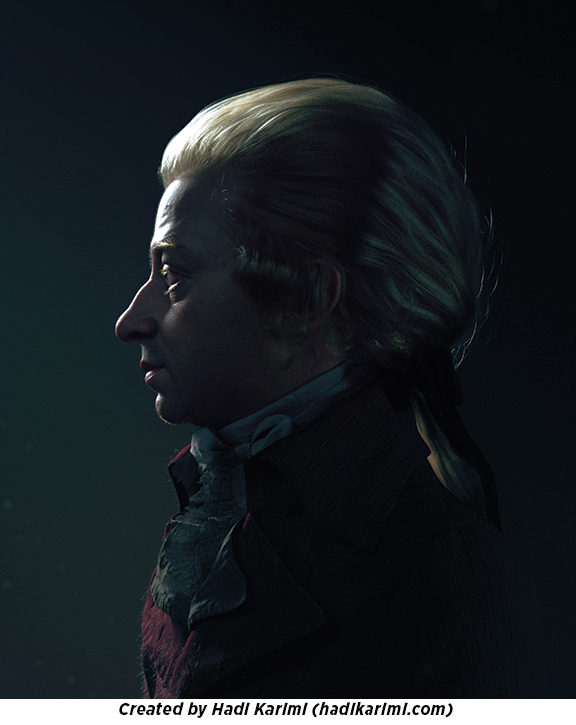Composed 1787; 34 minutes
The greatest and most poignant of the mature string quintets, K. 516 was written at a difficult time in Mozart’s life. His success with the Viennese public had peaked with the great piano concertos of the early 1780s. Now, in May 1787, Mozart found himself out of favor with those wealthy enough to support the arts and with only a modest salary from his job as chamber composer to the Austrian court. Music provided Mozart with an outlet for the darkest of his thoughts and the great G minor quintet is the darkest of his five late string quintets.

“I have now made a habit of being prepared in all aspects of life for the worst. As death, when we come to consider it closely, is the true goal of our existence, I have formed, during the last few years, such close relations with this best and truest friend of mankind, that his image is no longer terrifying to me, but is indeed very soothing and consoling! And I thank my God for graciously granting me the opportunity (you know what I mean) of learning that death is the key which unlocks the door to our true happiness. I never lie down at night without reflecting that—young as I am—I may not live to see another day.”
Mozart, writing to Leopold,
his gravely ill father, April 4, 1787
Mozart had turned to the medium of the string quintet after wrestling with the expressive and technical challenges of his six ‘Haydn’ quartets (“the fruit of a long and laborious endeavor,” as he put it) during the previous five years. Now, he found that the medium of string quartet plus a second viola opened an altogether new tonal palette. The additional sonority and greater potential for contrapuntal interplay between the instruments presented an opportunity to work on a broader canvas. The string quintet was a well-established genre in Vienna at the time. More than 50 are known to have been published in the 1780s. Mozart also admired a pair by Michael Haydn, Joseph’s younger brother, from his Salzburg days a decade earlier. Given that the ancestry of the string quintet lay in the serenade, divertimento and cassation, Mozart was now presented with an opportunity of thinking on a more symphonic scale.
Mozart took this opportunity and ran with it. Musicologist and broadcaster Hans Keller, who loved to needle a listener with his idiosyncratic English into listening afresh to a piece of music, had something interesting to say about the G minor Quintet and its immediate neighbors: “They are the greatest and most original string quintets in existence and the greatest and most original symphonic structures of Mozart, chamber-musical or otherwise.” It’s hard to disagree.
The first movement is unremittingly despairing and, exceptionally, remains in the minor key from beginning to end. Its first theme is made up of understated, often fragmented sighs and gasps, which are urgent and emotional in tone. The key of G minor had special meaning for Mozart and, when listening to K. 516, the poignancy of the late G minor symphony, K. 550 often comes to mind. There’s no letup in the emotional intensity when the second theme appears. Still in the minor key, it has a pleading, yearning character and the wide leaps of a minor ninth add an especially anguished edge to the discourse.
The minor key minuet, with its off-beat stabs of pain and winding, darkly chromatic theme, invites little dancing. Its trio, in the major key, offers some consolation. It is a brief glimpse of light, however, before the slow movement, with muted strings, internalizes the music ever more. The mood is now poised on a knife edge, the main theme fragmented. Some relief comes with two subsequent themes, but the music continues to hover precariously close to the precipice. Mozart seems reluctant to journey further down this path and the introduction to the finale keeps us anxiously poised. The first violin sustains a heart-rending melody, while the other strings sob and protest. Suddenly the music turns a corner and all is bright and light. The cumulative tension is lifted and, in a display of brilliance, the quintet turns its back on some of the darkest pages to come from Mozart’s pen.